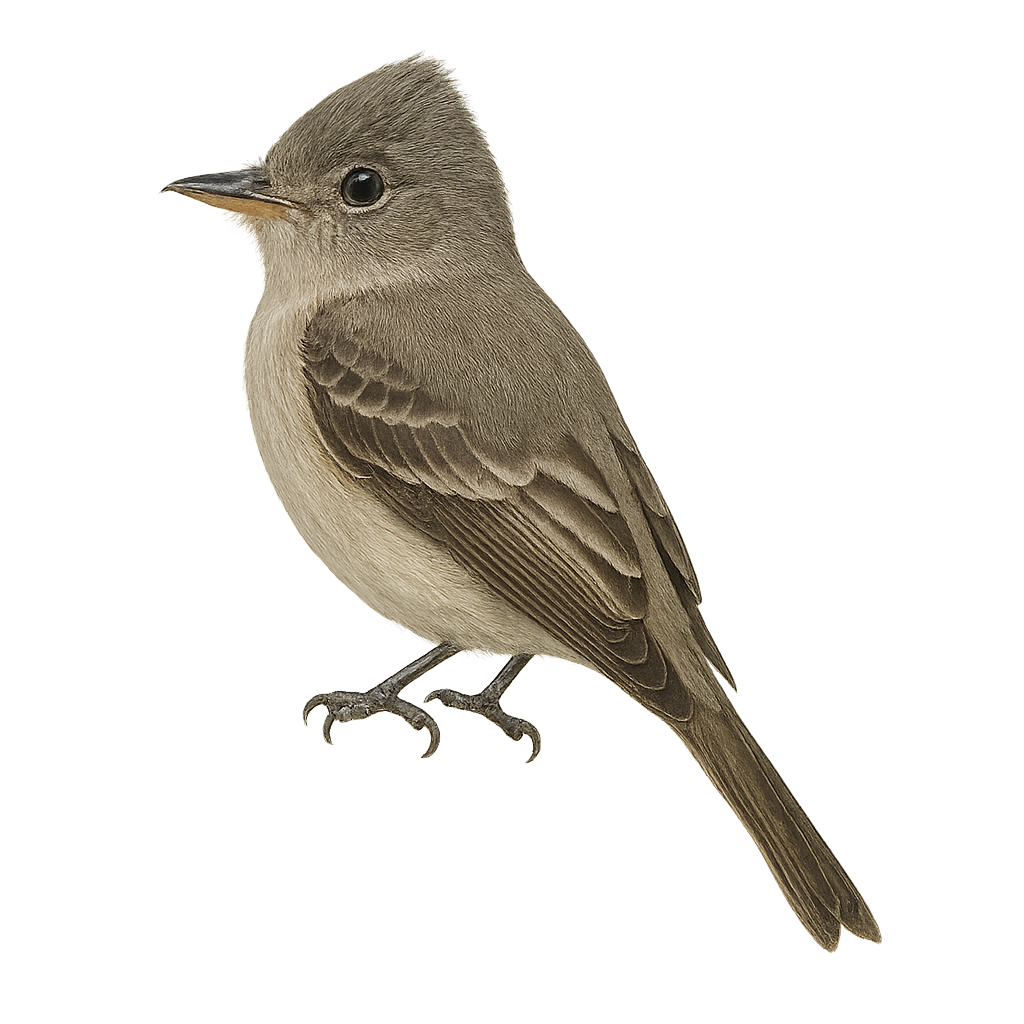Your wildlife photography guide.
Explore the eastern wood-pewee in detail, study its behavior, prepare your shots.
Where to observe and photograph the eastern wood-pewee in the wild
Learn where and when to spot the eastern wood-pewee in the wild, how to identify the species based on distinctive features, and what natural environments it inhabits. The WildlifePhotographer app offers tailored photography tips that reflect the eastern wood-pewee’s behavior, helping you capture better wildlife images. Explore the full species profile for key information including description, habitat, active periods, and approach techniques.
Eastern Wood-Pewee
Scientific name: Contopus virens

IUCN Status: Least Concern
Family: TYRANNIDAE
Group: Birds
Sensitivity to human approach: Suspicious
Minimum approach distance: 10 m
Courtship display: May to June
Incubation: 14-17 jours
Hatchings: June to July
Habitat:
deciduous forests, mixed forests, wooded areas
Activity period :
Primarily active during the day, with peak activity in the morning and late afternoon.
Identification and description:
The Eastern Wood-Pewee, or Contopus virens, is a small passerine bird belonging to the Tyrannidae family. It is primarily found in the deciduous and mixed forests of North America, where it is recognized for its melodious and repetitive song. Modest in size, it features an olive-gray plumage on its back and lighter on its belly, with wings slightly barred with white. This migratory bird winters in Central and South America. It mainly feeds on insects, which it catches in flight with its skilled aerial acrobatics. The Eastern Wood-Pewee is often solitary and vigorously defends its territory during the breeding season. Although its habitat is threatened by deforestation, it is currently classified as Least Concern by the IUCN.
Recommended lens:
400 mm – adjust based on distance, desired framing (portrait or habitat), and approach conditions.
Photography tips:
To photograph the Eastern Wood-Pewee, it is advisable to use a 400mm lens or longer to capture precise details without disturbing the bird. Look for it in deciduous or mixed forests, especially at sunrise or sunset when the light is soft and flattering. Be patient and discreet, as this bird is suspicious and may fly away at the slightest alert. Use a tripod to stabilize your camera and achieve sharp images, especially when shooting in low-light conditions.
The WildlifePhotographer App is coming soon!
Be the first to explore the best nature spots, track rutting seasons, log your observations, and observe more wildlife.
Already 1 432 wildlife lovers subscribed worldwide

